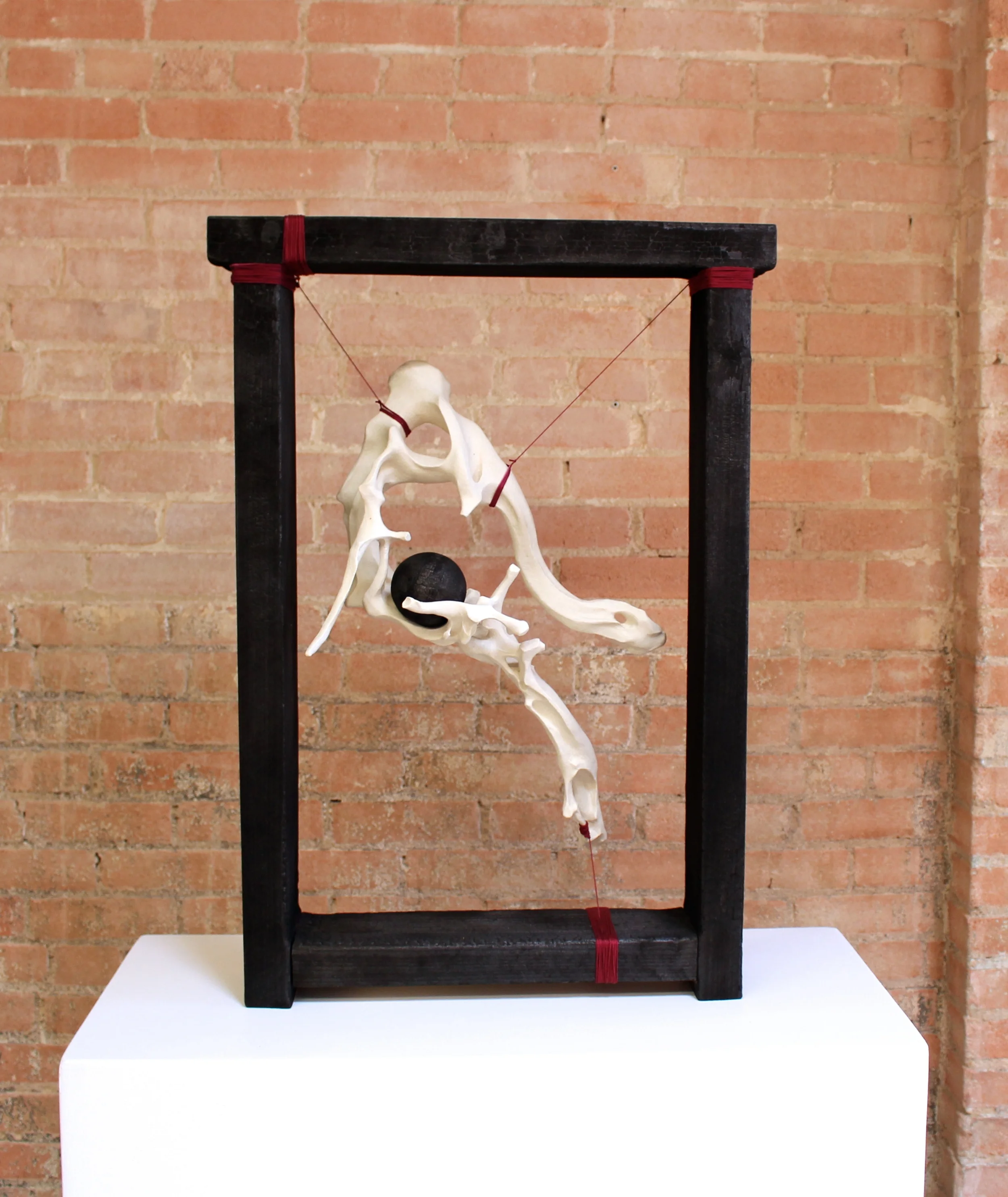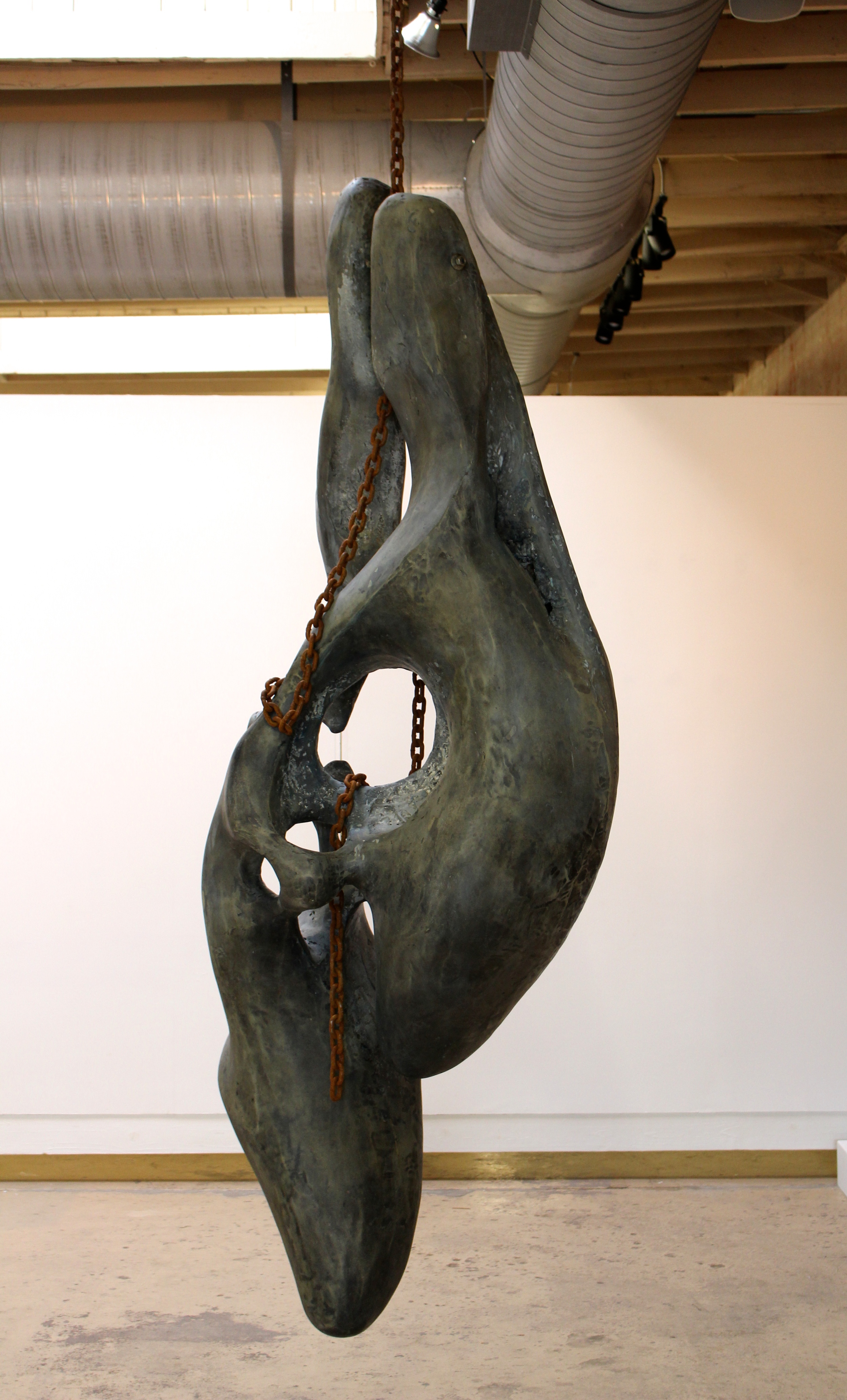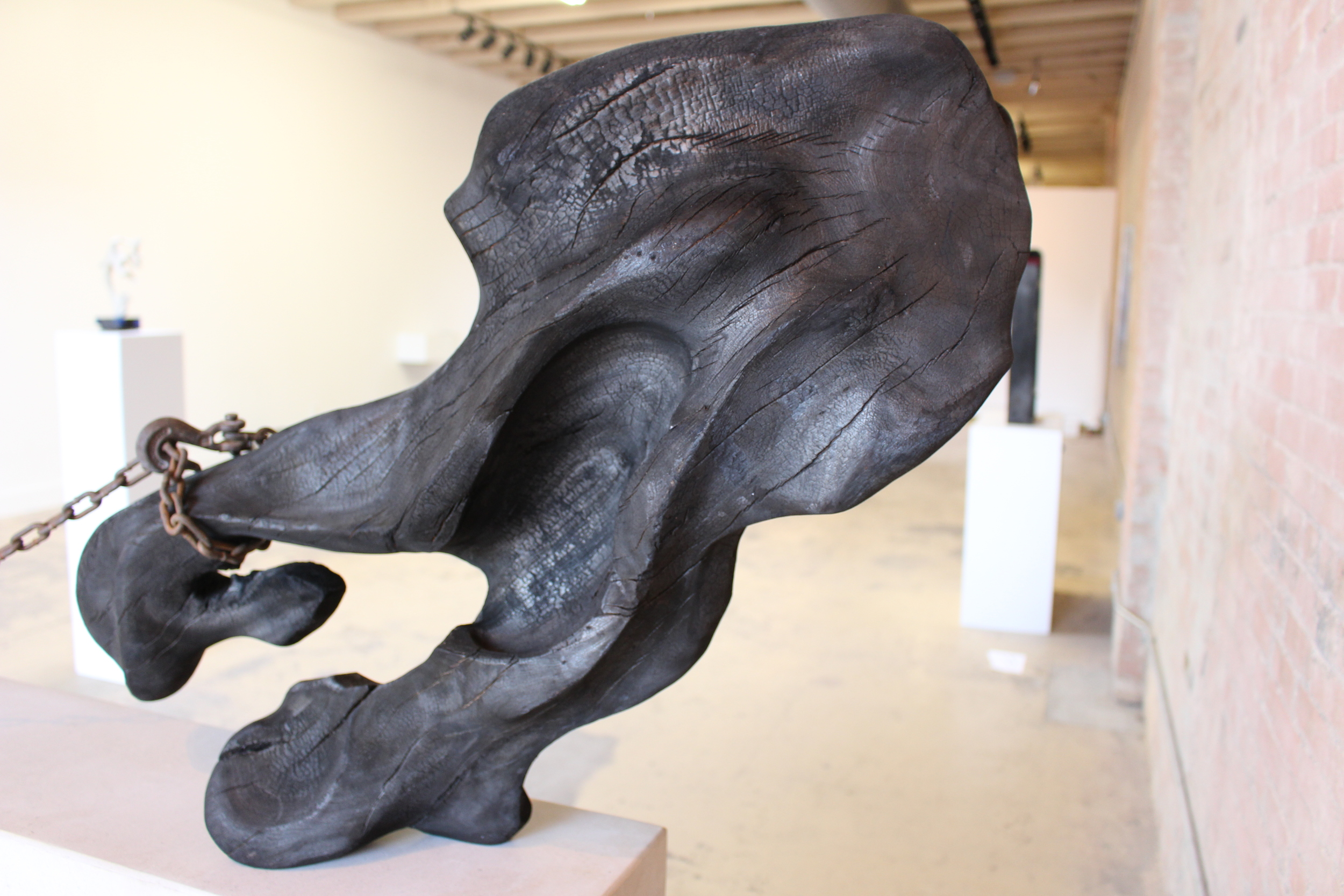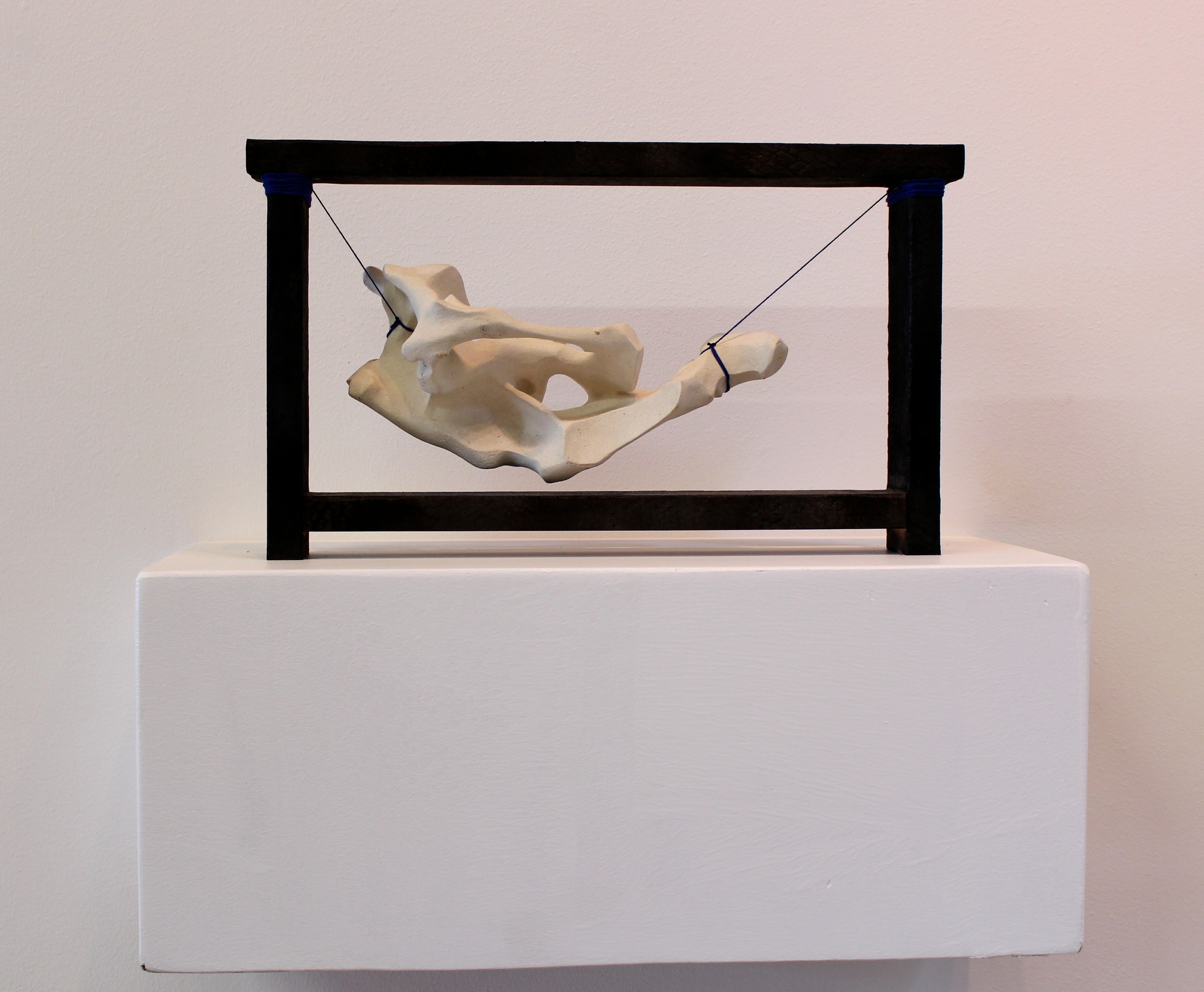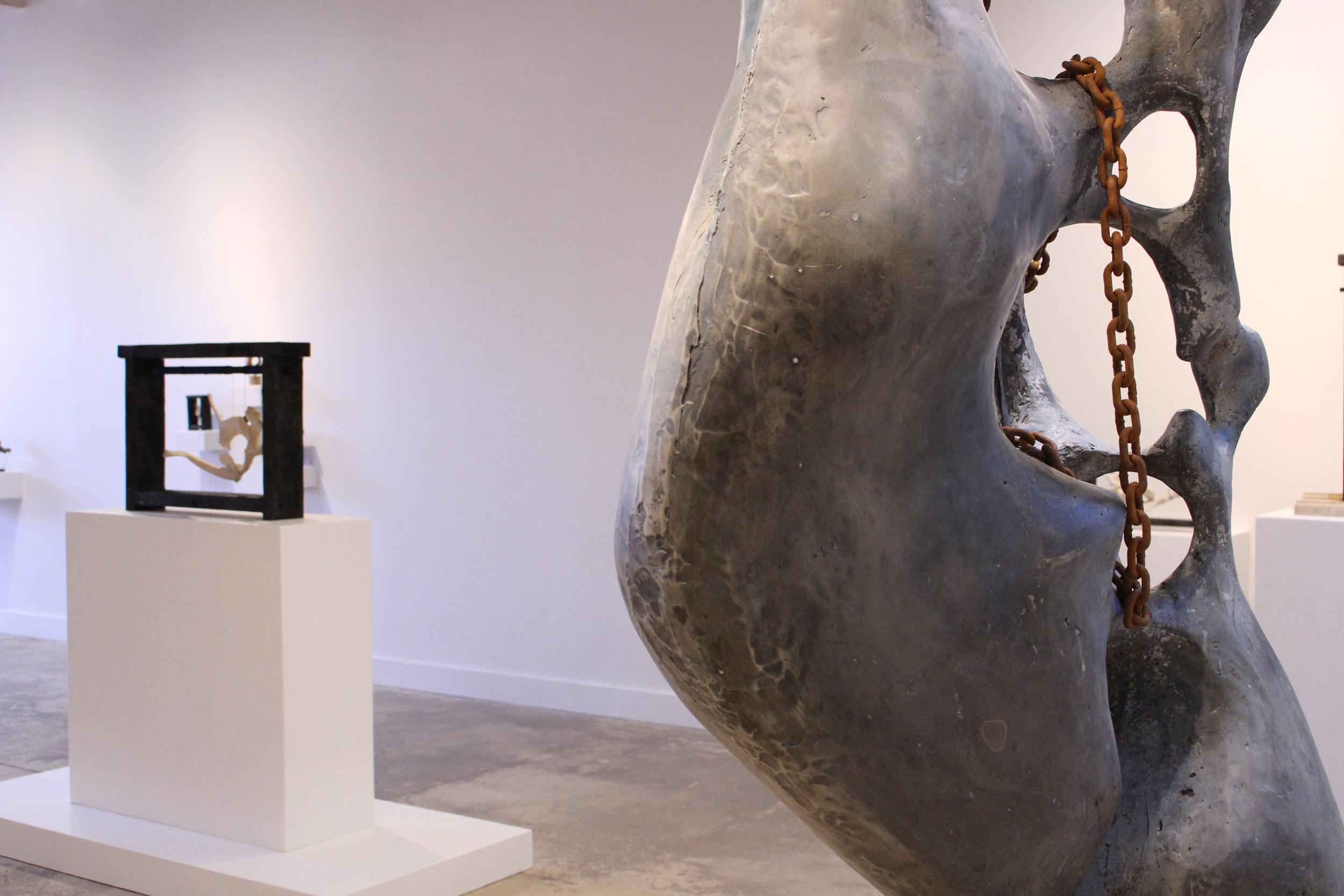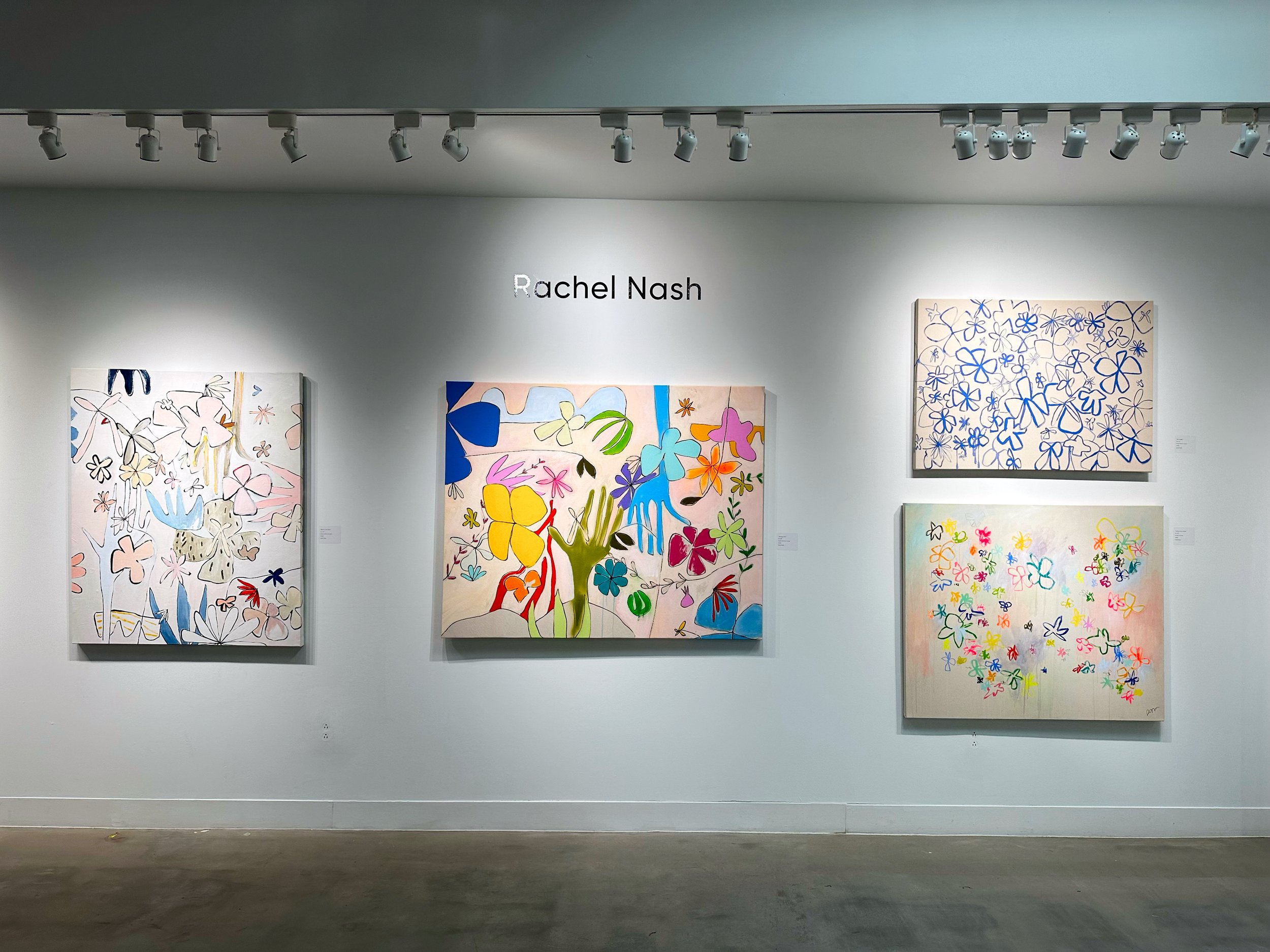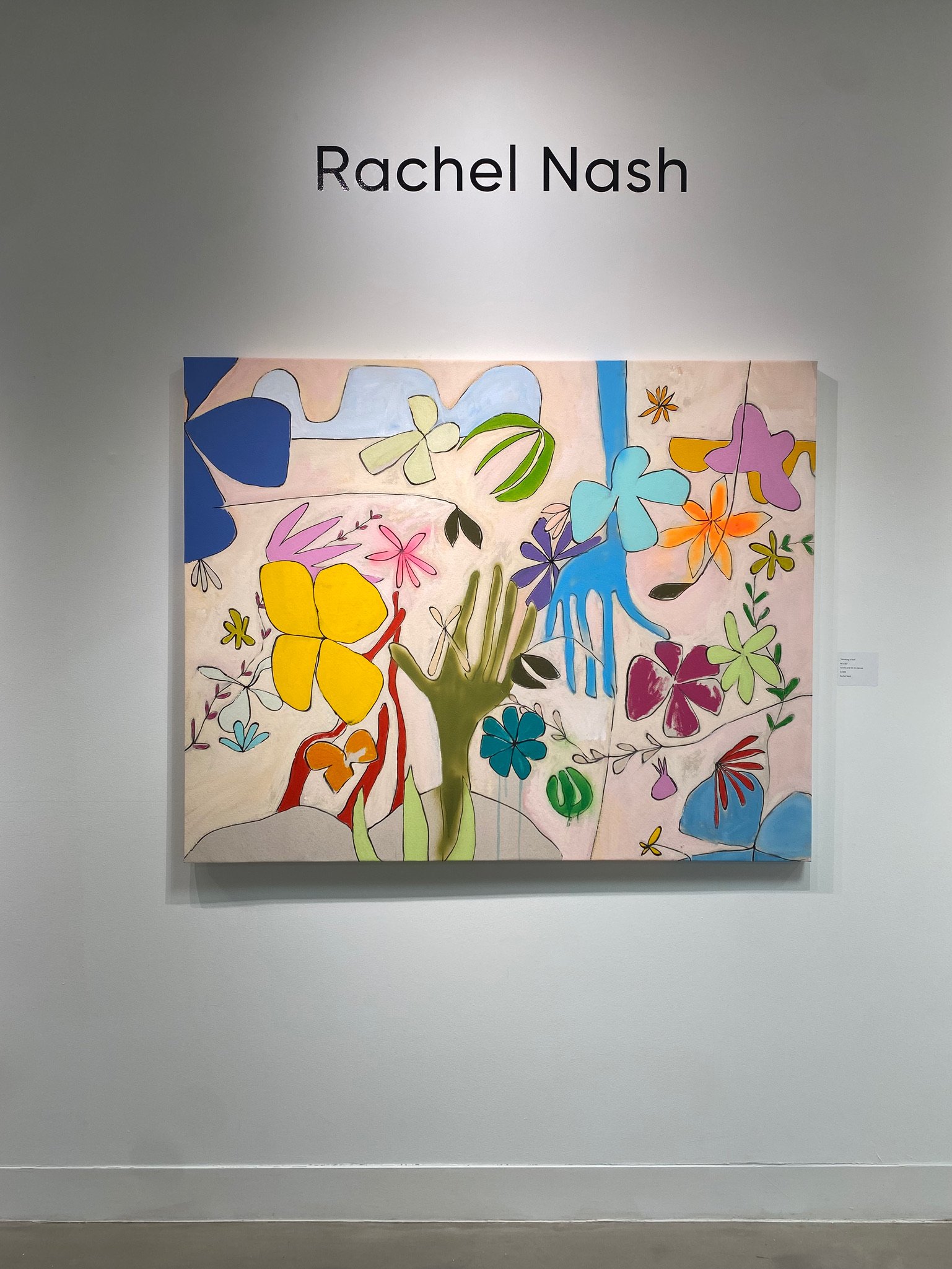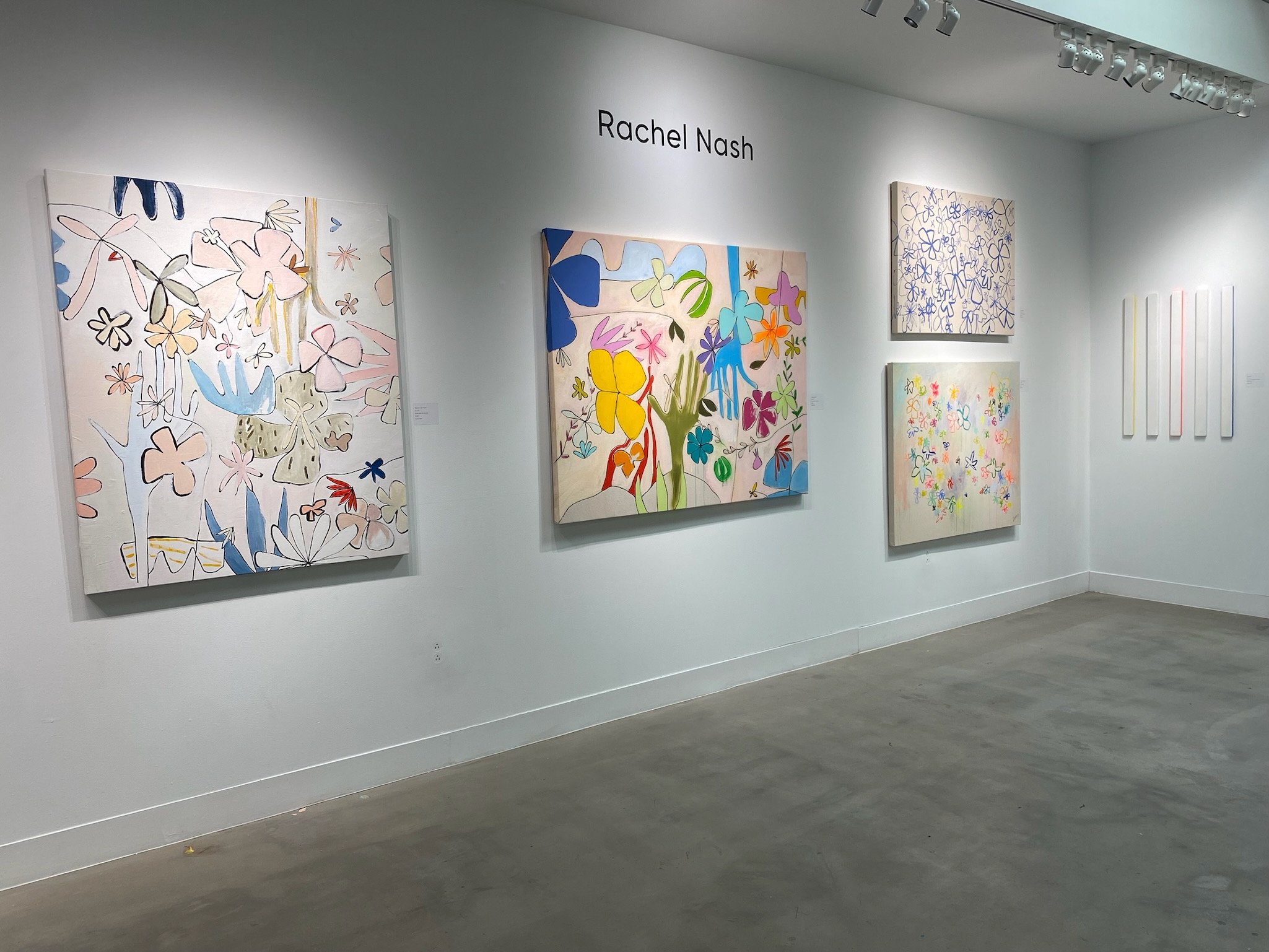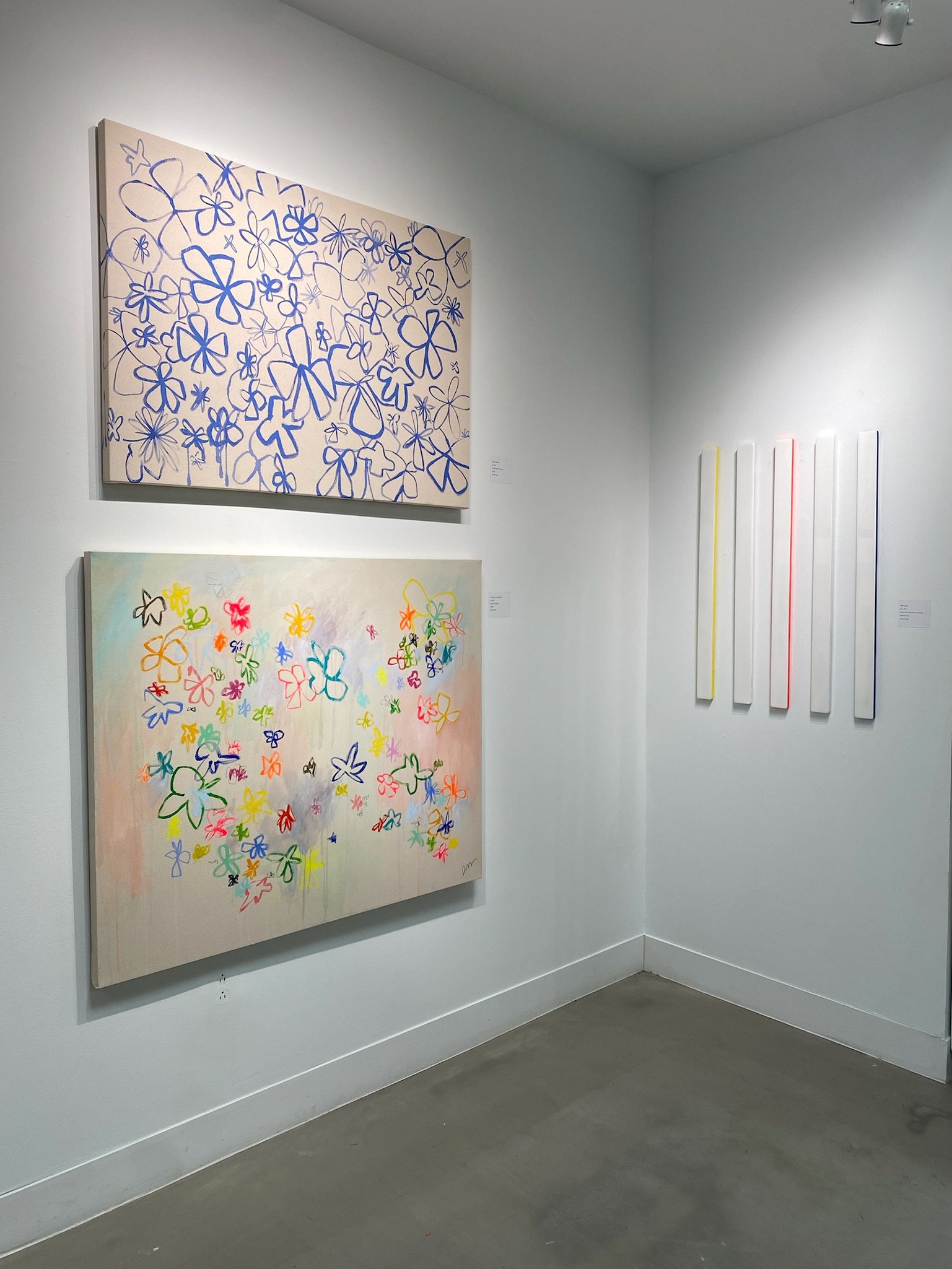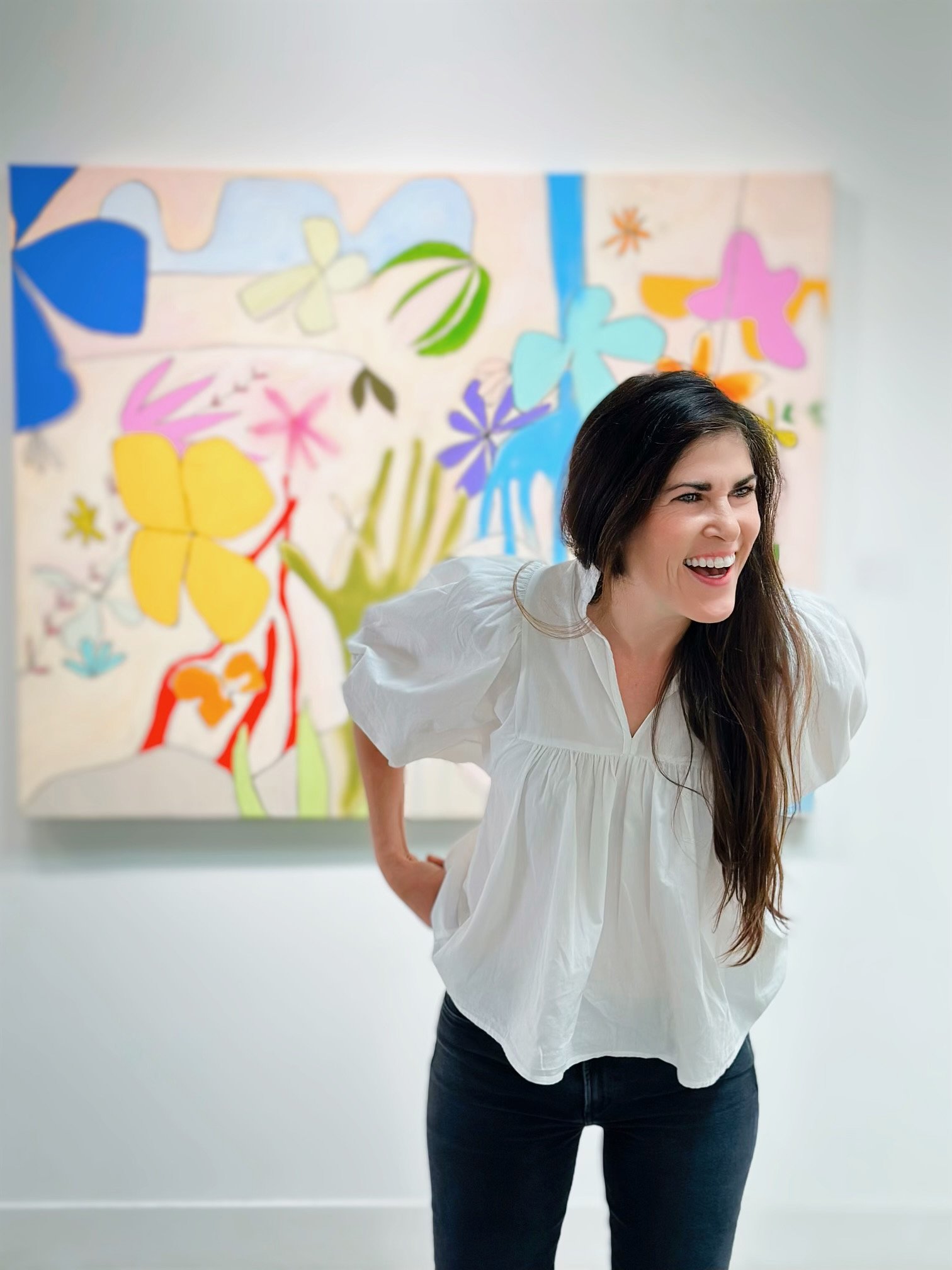Contact rachel@rachelnashgallery.com if you're interested in a piece of Jason's work.
In the Tang Dynasty it was said that rocks are the bones of the world. An entire art form of stone appreciation known as Gongshi or Suiseki emerged with this idea. While pondering these natural, rare stones, one may see animals, craggy escarpments, or entire mountain ranges from just a single stone displayed on small wooden base. Individual stones even inspired the writings of philosophers. Unlike Suiseki, my own work doesn't seek to find and display unaltered found objects, but creates ambiguous, composite forms based on the intuitive geometry of nature.
Each sculpture is a moment of discovery; something of interest that grabs our attention, something familiar, but can't be easily defined. One work can't be viewed in isolation, but asks us to imagine what else was there. Are parts missing? Was this a remnant of something larger, and if so, what? It implies infinite possibilities of shape, scale, and function. My work is a medium to visualize beyond the object. Much like Suiseki, my sculptures are meditative tools to reconnect people with an environment that's becoming increasingly distant due to the confines of manufactured spaces and schedules. Some of the pieces with architectural elements go further to describe an oppositional relationship between humankind and the natural world as a force that is somewhere between an offensive and defensive action.
Sculpting these forms is a cyclic process of addition and subtraction, and feels more like of an act of observation than creation. By understanding the different ways in which natural processes produce forms that appeal to me, I'm able to render objects based on the tacit formulas of ratio, scale, and balance that exist by a set of natural rules seen every time we observe the world outside. To do this I must relinquish a degree of conscious control and expectation. Each sculpture reveals itself through often unexpected discoveries.
Material choices make familiar but disparate elements into something more aggregate and ethereal. The languages of erosion, decay, and growth process, are my guides to find balance, shadow lines, and ratios of positive to negative – almost as if each sculpture was a found object.

